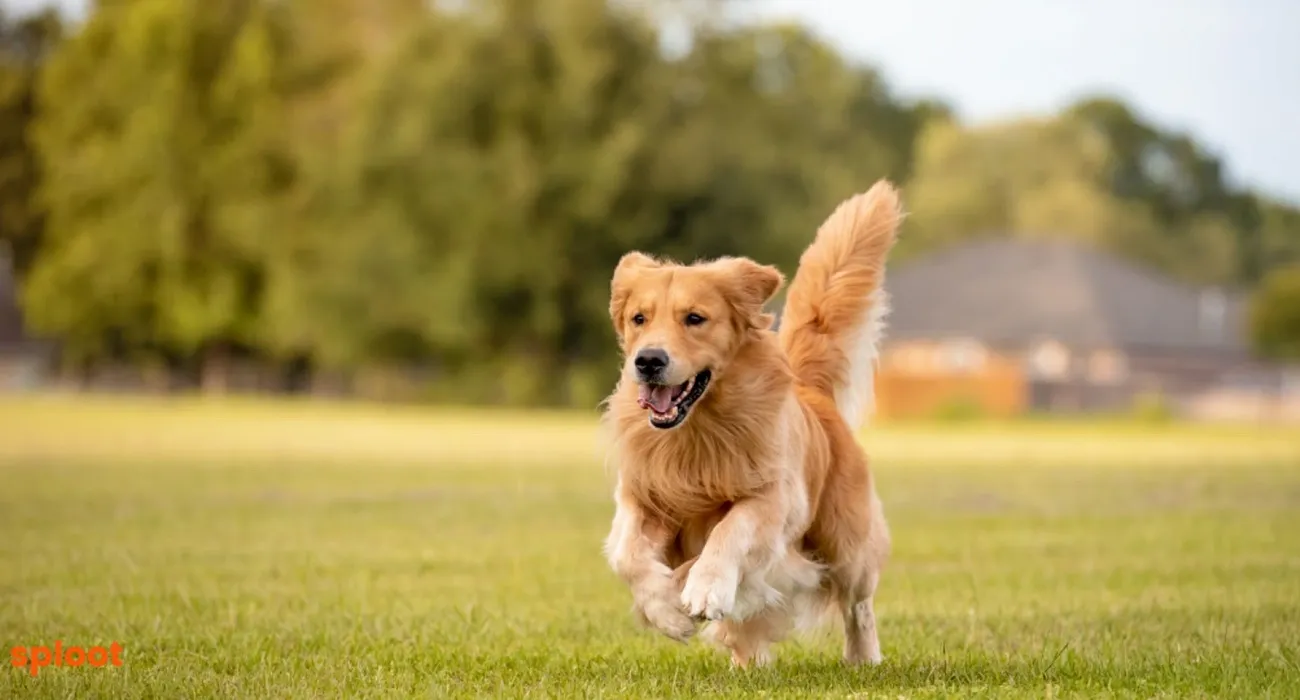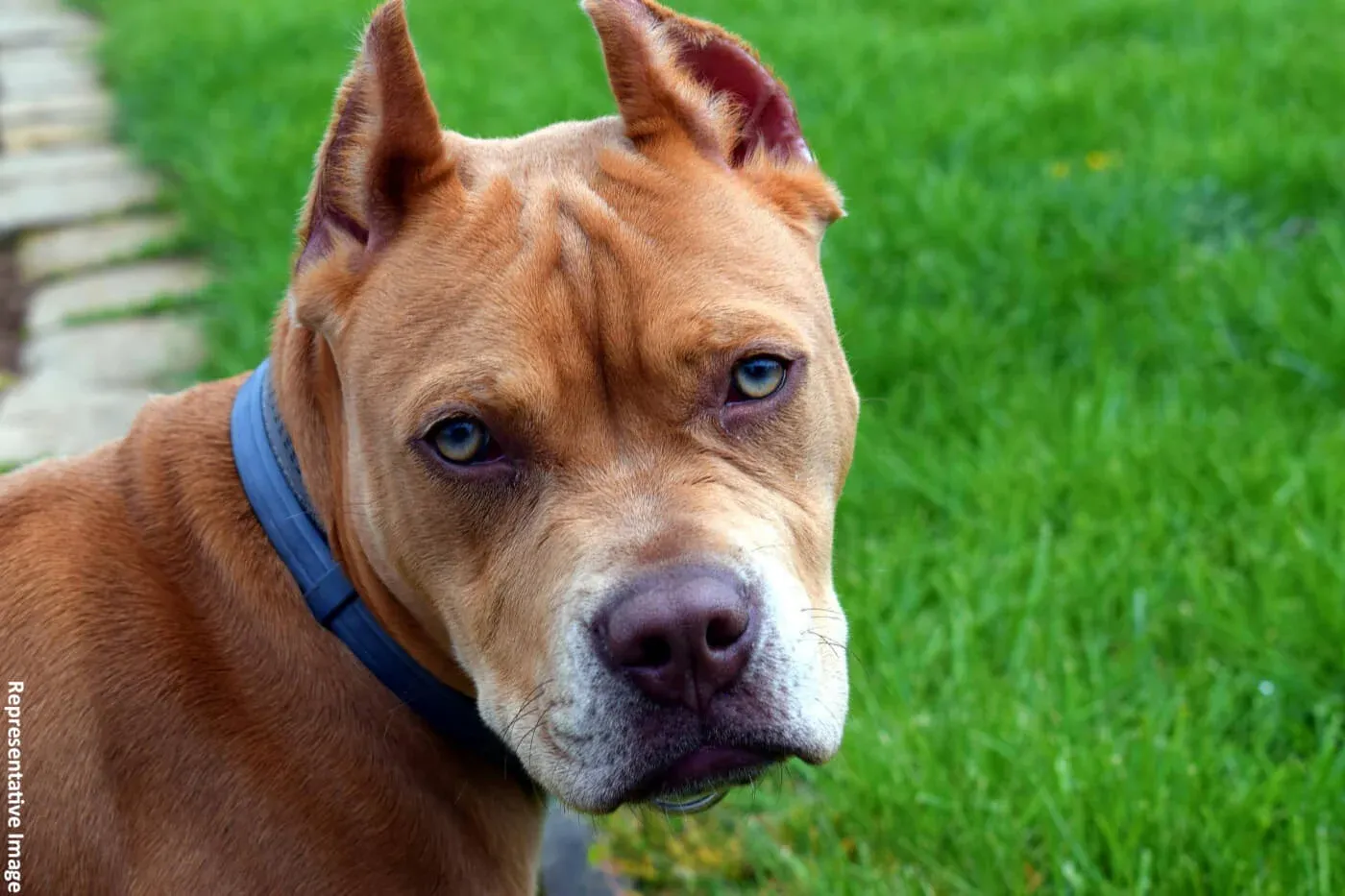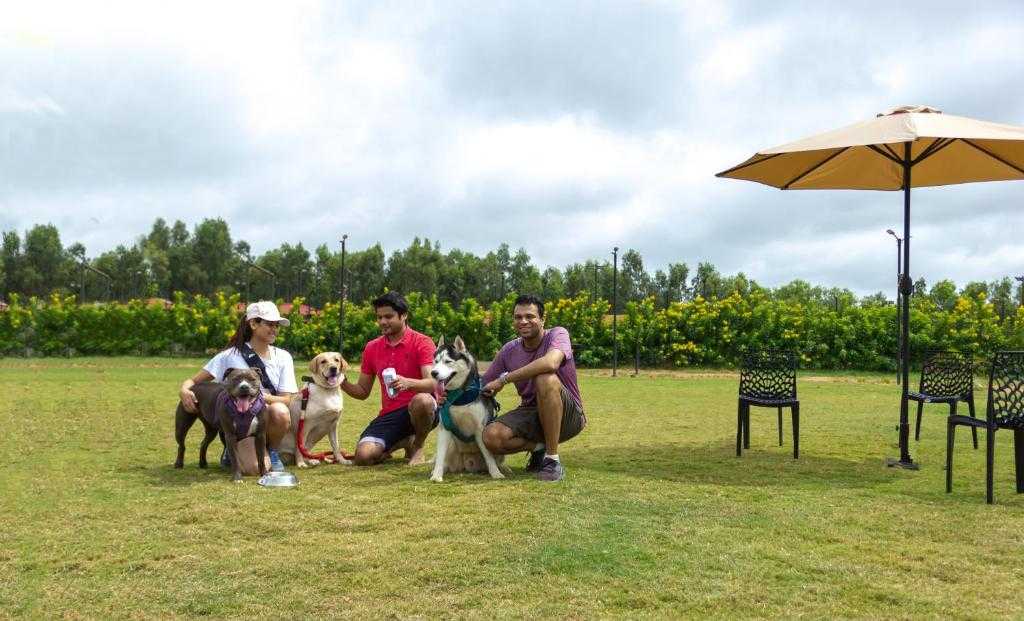Subtitle: Your pup's transition from awkward teen to social butterfly!
Introduction: A Positive Start
We've all been through the awkward teenage years, complete with acne and braces, navigating the treacherous waters of high school social life. But did you know that your furry friend also goes through their own version of adolescence? That's right, the canine world is not exempt from the trials and tribulations of growing up. In this blog post, we'll delve into the world of adolescent dog socialization, and why it's essential for your pup's development into a well-rounded, happy adult.
Chapter One: The Dog Days of Adolescence
Adolescent dogs, typically aged between six months and two years, have a lot in common with human teenagers. Their bodies are growing rapidly, and they're trying to figure out their place in the world. Just like human adolescents, they're prone to bouts of unruly behavior, and are eager to test boundaries.
In order to ensure that your pup matures into a well-adjusted adult, it's crucial to invest time and effort in their socialization during this period. Proper socialization will help them understand how to behave around other dogs, people, and various situations. This process will also equip them with the necessary social skills to avoid conflicts, while building their confidence and adaptability.
Chapter Two: The Bark Side of Poor Socialization
Like that one kid in high school who always sat alone at lunch, dogs who don't receive proper socialization during adolescence can face a range of issues. These may include:
- Fear and Anxiety: An unsocialized dog can become fearful and anxious around unfamiliar people, animals, or environments. This can lead to chronic stress, which can have a negative impact on their physical and mental well-being.
- Aggression: In some cases, fear and anxiety may manifest as aggression, which can put both the dog and others at risk.
- Difficulty adjusting to new situations: Unsocialized dogs are more likely to struggle with new experiences or changes in their environment, leading to increased stress and potential behavior problems.
Chapter Three: Paws and Reflect: Tips for Successful Socialization
Now that we've covered the importance of adolescent dog socialization, let's explore some tips to help you guide your pup through this critical phase:
- Enroll in a Puppy Class: Puppy classes are a fantastic way to expose your adolescent dog to new experiences and other dogs in a controlled environment. Look for a class that emphasizes positive reinforcement training techniques.
- Socialize in Controlled Situations: Arrange playdates with other well-behaved dogs or take your pup to a reputable dog park. Keep an eye on your dog's body language and interactions, and intervene if necessary.
- Gradual Exposure: Introduce your pup to a variety of people, places, and experiences. Start with less challenging situations and gradually build up to more complex environments.
- Be Patient and Positive: Remember that socialization is a process. Be patient with your adolescent dog, and always use positive reinforcement to encourage good behavior.
Conclusion: The Tail End
Investing time and effort in your adolescent dog's socialization will lay the foundation for a well-adjusted, confident adult. By exposing them to new experiences and teaching them how to interact positively with the world around them, you're setting them up for a lifetime of happiness and success. After all, who doesn't want their furry friend to be the life of the paw-ty?









